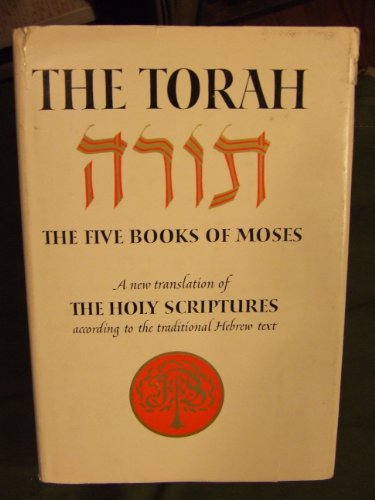The Torah: The Five Books of Moses, a New Translation of the Holy Scriptures According to the Traditional Hebrew Text
Translating the Hebrew writings commonly and collectively known as the Old Testament is a complex task. Not only is the scholar faced with the absence of written vowels, leading to many uncertain words, but there are also the wide varieties of literary types (histories, poems, narratives, tales, songs, etc.) to not only translate but convey
Translating the Hebrew writings commonly and collectively known as the Old Testament is a complex task. Not only is the scholar faced with the absence of written vowels, leading to many uncertain words, but there are also the wide varieties of literary types (histories, poems, narratives, tales, songs, etc.) to not only translate but convey into an intelligible English that preserves the meaning as well as the style of the original. Add to this the intense religious importance of the work to the three major religions on the world and all the feeling that can accompany that and the task is, to put it mildly, heroic. Moreover, some translations are made from the Masoretic text, others from the Septuagint, still others from combinations of the two. While the Septuagint is actually an older version, it is also in Greek. Thus the translator is faced with the choice between Scylla and Charybdis when choosing a source document – the older Greek and thus twice removed, being a Greek translation of an older Hebrew or perhaps even Aramaic text, or the more recent (ninth century B.C.E.) Masoretic text that is at least in Hebrew. Most often the result of all this textual and linguistic juggling is the production of a mere shadow of the original. In the case of the JPS Torah, the result is better than average.







Comments